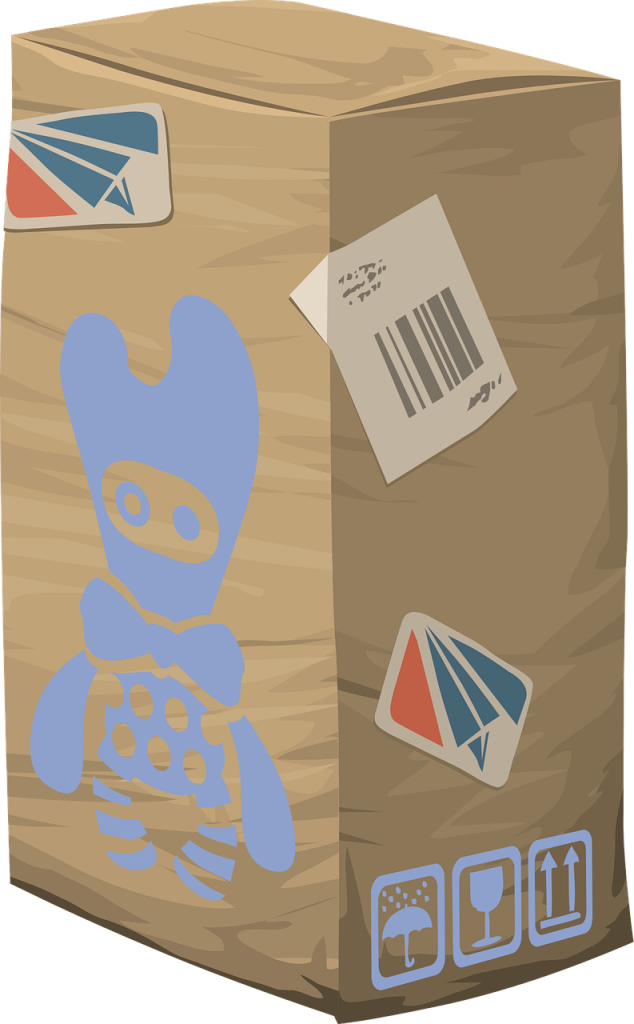Since 2024, a quirky collectible craze has taken off in China. Pop Mart’s Labubu toys, part of its playful “The Monsters” line, helped launch a new wave of consumer enthusiasm for blind-box items. These mysterious packages hide the specific design inside, turning purchases into a surprise. Collectors chase rare versions, fueling a steady stream of repeat buying and driving Pop Mart’s growth.

This strategy has been paying off in a big way. Labubu became a fashion icon. A four-foot doll once fetched over $170,000 at auction in Beijing, highlighting the strong demand behind the trend. The line generated nearly $670 million in revenue during the first half of 2025—about 35 percent of Pop Mart’s total sales.
The blend of cuteness, celebrity exposure, and scarcity has created a powerful appeal. Labubu figures feature a mischievous grin and whimsical, furry look that bridges the gap between toy and fashion accessory. Collectors form tight-knit communities online and in real life. Raves, tattoo designs, and workshops centered on Labubu added new cultural dimensions.
The momentum is also visible in seasonal trends. For back-to-school shoppers, a Labubu backpack collectible quickly became a sought-after item, reinforcing the brand’s ability to connect with different age groups and occasions.
Pop Mart now serves fans across the globe with hundreds of stores and vending “roboshops.” The blind-box model continues to demonstrate how novelty and scarcity can shape consumer behavior, turning a small toy into a global case study in retail innovation.
